
Action on Naxalism (Social Media)
National News: Naxalism is not a new threat in India. For the past several decades, a large part of the country has been a shadow of terrorist terror. Thousands of innocent civilians, security forces personnel, and public representatives have fallen victim to landmines, deadly attacks, and ruthless murders. Although the Congress-led UPA government also accepted this threat, when it comes to will and influence, the difference between the UPA and the Modi government is clearly visible.
From 2004 to 2014, the UPA government, led by Manmohan Singh, launched schemes like 'Integrated Action Plan' and 'Operation Green Hunt.' Their purpose was to take both development and security along, but these schemes could not give concrete results on the ground. Dialogue with Naxalites was offered, while they never backed down from violence. Operations of security forces often due to concrete intelligence, which had neither clear direction nor coordination. As a result, many districts of Central and Eastern India remained under Naxal influence, and violence continued.
After Narendra Modi became Prime Minister in 2014, the government took a decisive stand against Naxalism. A clear policy of 'Start weapons, then talk' was made. Intelligence-based campaigns such as 'Operation Prahar' and 'Operation Octopus' were conducted under the leadership of Home Minister Amit Shah, in which Maoist bases were destroyed with the help of drone monitoring, satellite imaging, and ground intelligence networks.
In these campaigns, the Maoists were deeply hurt by the minimal loss to the citizens. The Modi government proved that no laxity will be taken in establishing the rule of law.
The BJP government also believes that the solution to Naxalism will not only be through security forces, but the light of development should also reach there. Schemes like 'Pradhan Mantri Gram Sadak Yojana' and 'Bharatmala Project' connected inaccessible tribal areas to the mainstream of the country. Roads do not only bring markets or schools; they also bring administration, law, and accountability.
As part of the government's rehabilitation policy, hundreds of former Naxalites surrendered and adopted a normal life. He was re-established in the society with self-employment, training, and honor.
According to the data of the Ministry of Home Affairs, Naxalite violence has decreased by 77%, and the deaths of citizens and soldiers have fallen by 85%. This is not only the number but also the conservation of hundreds of lives.
Operation Kagar, which is running in the dense Karguttalu forests of the Chhattisgarh-Telangana border, is the biggest action of the government towards eliminating the final bases of the Maoists. So far 3 women have been killed, and over 44 have surrendered. However, due to the disappearance of top Naxalite leaders, it is also feared that they have already fled.
In 2024:
So far in 2025 (January–May):
The national flag has been hoisted on the inaccessible hills, and intensive search operations are going on in the entire area.
While the central government is taking decisive action, Telangana Chief Minister Revanth Reddy and BRS leader K.K. Opposition leaders like Kavita are demanding to stop the operation. The strategy of these leaders is the same old - advocate for dialogue with Naxalites. This is the same policy from which nothing has been achieved in the past.
It has also been alleged that the Congress government of Telangana gave some top Naxal leaders a chance to flee during Operation Kagar. This is a serious threat against political appeasement and policies in the name of "social justice" and against national security.
Minister of State for Home Sanjay Kumar has clearly stated that the government will not talk to those who pick up the gun and kill the innocents. Peace can be brought only after the law is established, not by surrender but only by victory.
Naxalites were once dominant in Telugu states, but due to continuous action, the situation there has become a large extent. In 2021, more than 250 Naxalites alone surrendered. These victories cannot be sacrificed for any political move or agreement. The BJP's policy is clear: where parties like Congress and BRS have been adopting confusion and soft policy, the Modi government is on a mission to free India from Naxalism under strong, organized, and clear policy.
The Modi government's decisive policy, high-level intelligence proceedings, and parallel policy of development have attacked Naxalism. India is moving rapidly towards being completely free from Naxalism by 2026.
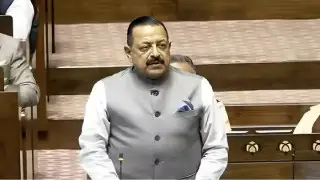
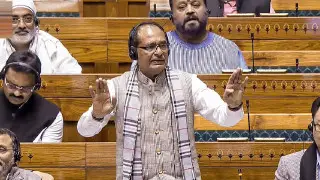
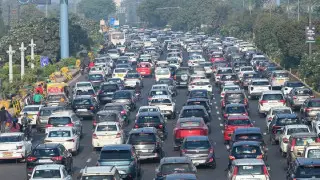
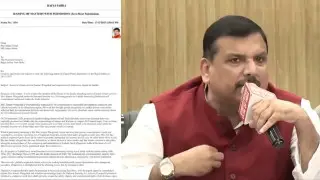
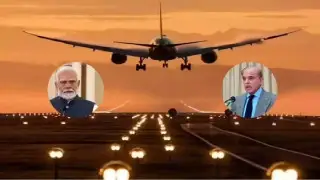








Copyright © 2025 Top Indian News
